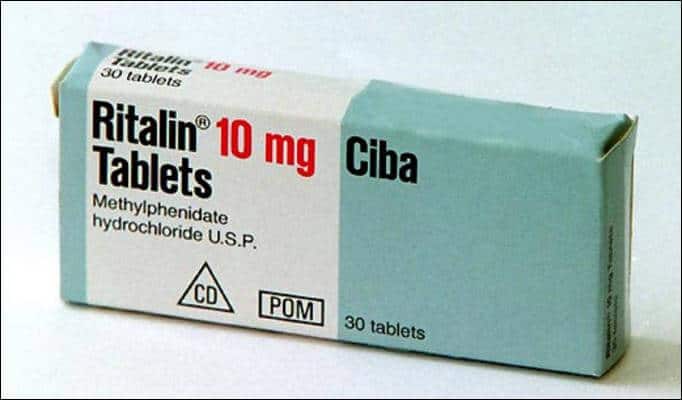Administration of the commonly used stimulant drug methylphenidate (Ritalin) was able to speed recovery from general anesthesia in an animal study conducted at Massachusetts General Hospital (MGH). The report, appearing in the October issue of Anesthesiology, is the first demonstration in mammals of what could be a safe and effective way to induce arousal from general anesthesia. While there are drugs to counteract many of the agents used by anesthesiologists – such as pain killers and muscle relaxants – until now there has been no way to actively reverse the unconsciousness induced by general anesthesia.
“Currently at the end of a surgical procedure, the anesthesiologist just lets general anesthetic drugs wear off, and the patient regains consciousness,” says Emery Brown, MD, PhD, of the MGH Department of Anesthesia, Critical Care and Pain Medicine, senior author of the paper. “If these findings can be replicated in humans, it could change the practice of anesthesiology – potentially reducing post-anesthesia complications like delirium and cognitive dysfunction in pediatric and elderly patients.”
General anesthesia has been an essential tool of medicine since it was first demonstrated at the MGH in 1846, but only in recent years have researchers begun to investigate the neurobiology of general anesthesia and to understand exactly how anesthetic drugs produce their effects. Studies by Brown and other scientists have shown that the state of general anesthesia is actually a controlled and reversible coma and bears little similarity to natural sleep. Several neurotransmitter pathways in the brain are known to be generally involved in arousal, but which ones may contribute to recovery from general anesthesia is not yet known.
The stimulant drug methylphenidate, widely used to treat attention-deficit hyperactivity disorder, is known to affect arousal-associated pathways controlled by the neurotransmitters dopamine, norepinephrine and histamine. The current study was designed to see whether methylphenidate could stimulate arousal in rats receiving the anesthetic drug isoflurane. The first experiments showed that animals receiving intravenous methylphenidate five minutes before discontinuation of isoflurane recovered significantly faster than did rats receiving a saline injection. Another experiment showed that methylphenidate induced signs of arousal – movement, standing up, etc. – in animals continuing to receive isoflurane at a dose that would have been sufficient to maintain unconsciousness. EEG readings taken during that experiment showed that brain rhythms associated with arousal returned within 30 seconds of methylphenidate administration. Giving a drug that interferes with the dopamine pathway blocked the arousal effects of methylphenidate, supporting the role of that pathway in the drug’s effects.
“Our results tell us that, even though we don’t yet know the precise mechanisms underlying general anesthesia, we can overcome its effects by activating arousal pathways,” says Ken Solt, MD, of the MGH Department of Anesthesia, Critical Care and Pain Medicine, the paper’s lead and corresponding author. “Instead of the traditional paradigm of reversing drug actions at the molecular level, methylphenidate acts at the level of neural circuits to overcome the effects of isoflurane. Since we still know very little about the pathways involved in general anesthesia, we will be testing the actions of methylphenidate with other anesthetic agents to see if these arousal effects are broadly applicable.”
Brown adds, “More precise ways to induce and control the arousal process may lead to strategies that help patients recover from coma. We also found that methylphenidate increased respiration in anesthetized animals, which could help rescue patients who receive too much sedation for simple procedures. And the ability to safely reduce the time patients spend in the operating room – which can cost between $1,000 and $1,500 an hour – could translate into significant savings in health costs.”


